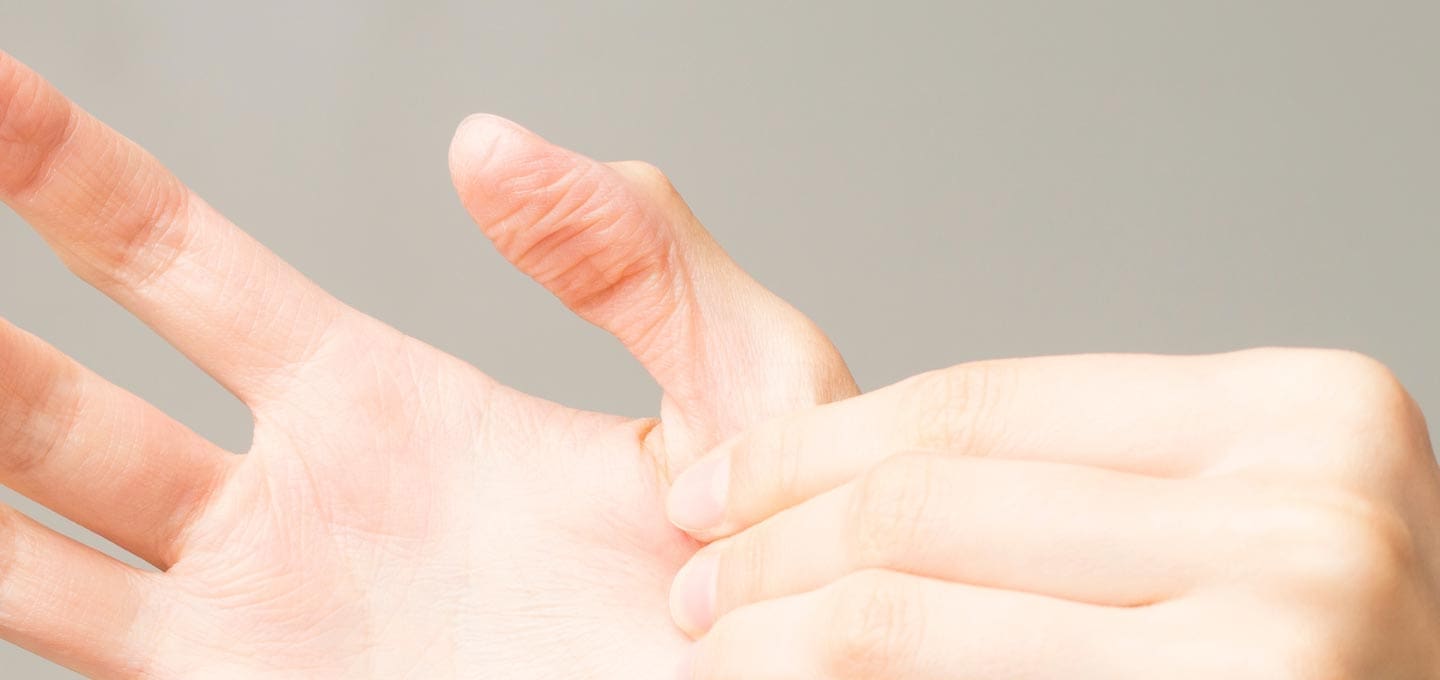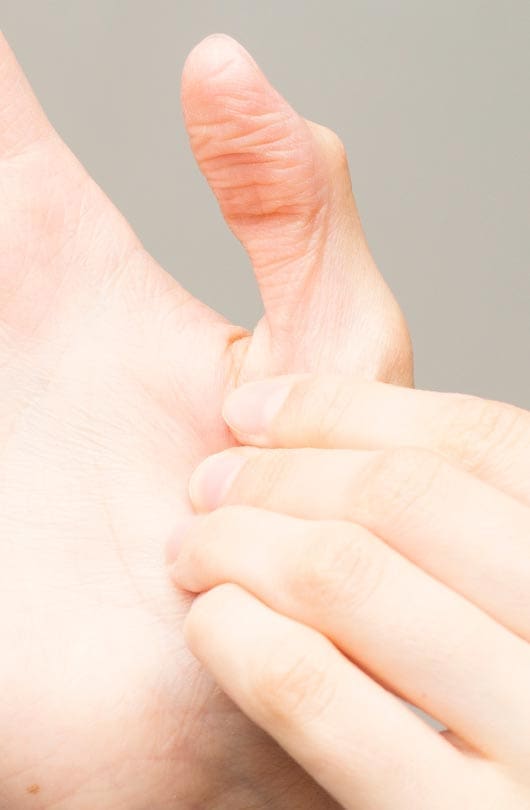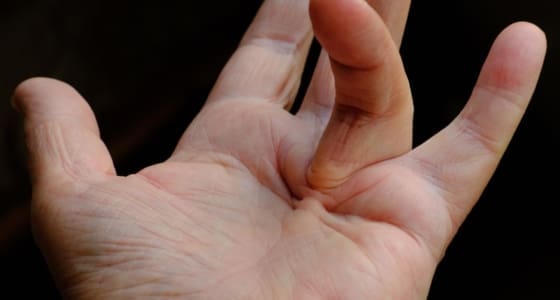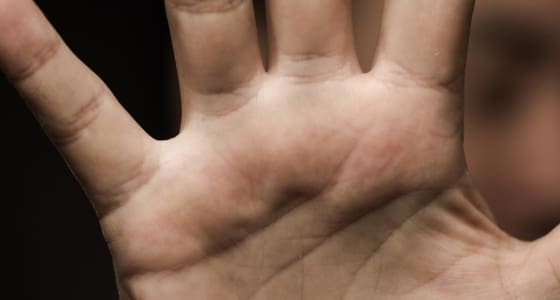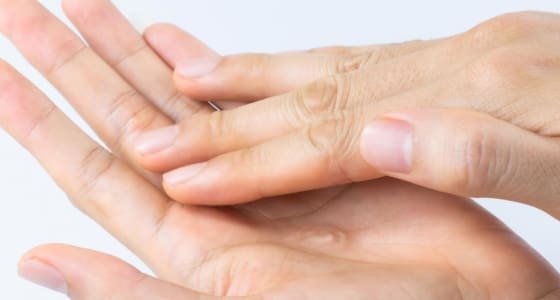This condition can involve any finger, including the thumb, and is often characterized by pain, stiffness, and difficulty in smooth movement.
The hand’s anatomy includes tendons that glide through a series of pulleys, allowing for fluid finger motion. When these tendons swell, they can catch on the pulleys, causing the finger to lock in a bent position. Trigger finger can be associated with repetitive gripping activities, underlying medical conditions like diabetes and rheumatoid arthritis, and occupations that involve repetitive hand motions.
Symptoms typically develop gradually and may include a tender lump at the base of the affected finger, pain during movement, and a noticeable clicking or popping sensation. In some cases, the finger may become stuck in a bent position, requiring assistance to straighten it.
Diagnosis is usually straightforward and involves a physical examination by a hand surgeon. The doctor will assess the range of motion, tenderness, and any locking mechanisms in the finger. Imaging tests, such as X-rays, are rarely needed but may be used to rule out other issues.
Treatment varies based on severity. Initial conservative measures include rest, splinting, and applying ice to reduce inflammation. Nonsteroidal anti-inflammatory drugs (NSAIDs) can help relieve pain and swelling. If symptoms persist, corticosteroid injections may be administered to ease inflammation and improve tendon gliding.
When conservative treatments fail, surgical intervention may be considered. This typically involves releasing the constricted tendon sheath to allow for smoother tendon movement. Most patients experience significant relief post-surgery, regaining full finger function.
